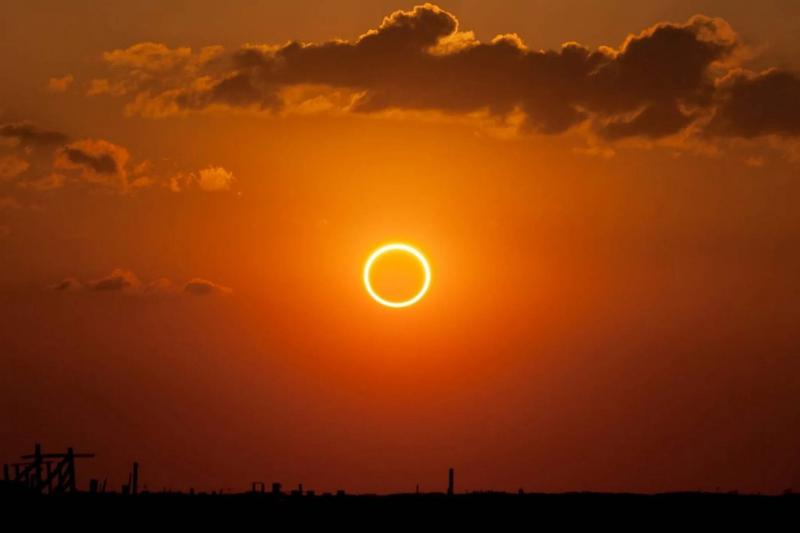The current month of October features unique astronomical phenomena related to the sun, moon, and planets. According to a report from the Washington Post, the sky in October will witness several astronomical events, the most notable being the solar eclipse, known as the "ring of fire," on October 14, and the Hunter's Moon two weeks later.
On October 14, the moon will pass in front of the sun, obscuring a large portion of it while leaving behind a bright ring of sunlight, known as an annular solar eclipse or "ring of fire." Because the sun is not completely covered during this eclipse, specialized eye protection is required to avoid permanent damage when viewing it.
During the first week of this month, the moon will traverse the bright stars of the winter constellations before moving on to the rising stars in the spring sky. On the 28th, there will be a full moon in the sky, referred to as the "Hunter's Moon," because the bright light makes it easier for hunters to catch prey before the harsh winter months, as well as assisting farmers working overnight to harvest crops.
Jupiter will gradually appear earlier each night, while Venus will dazzle early risers with its intense white glow, gracing the morning sky until the beginning of next year.




